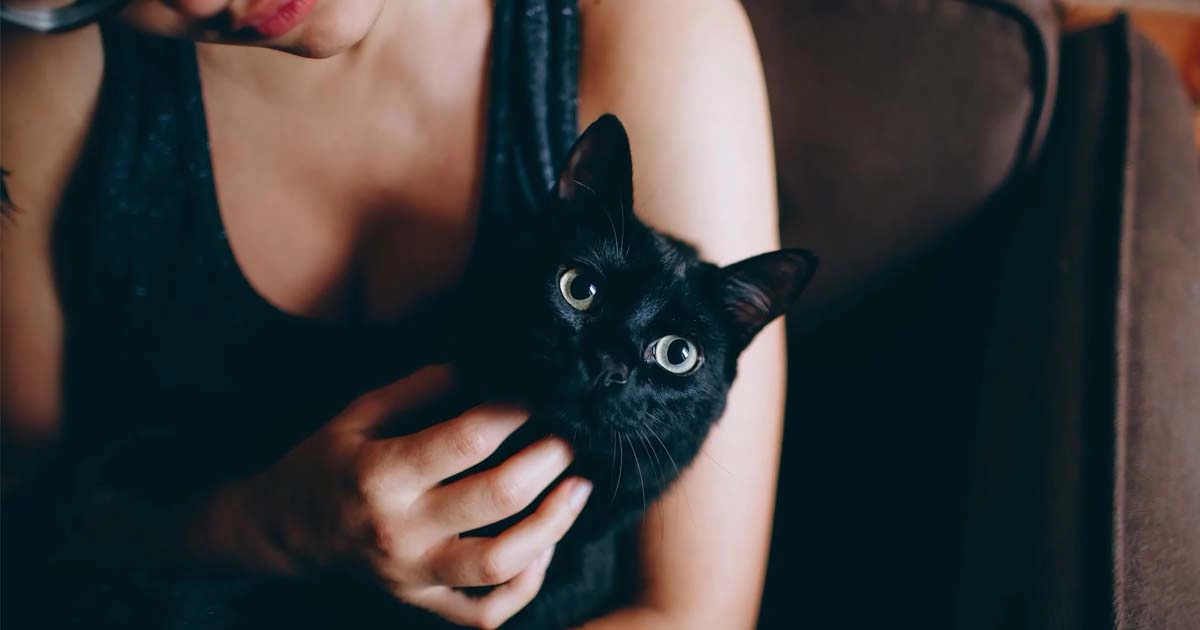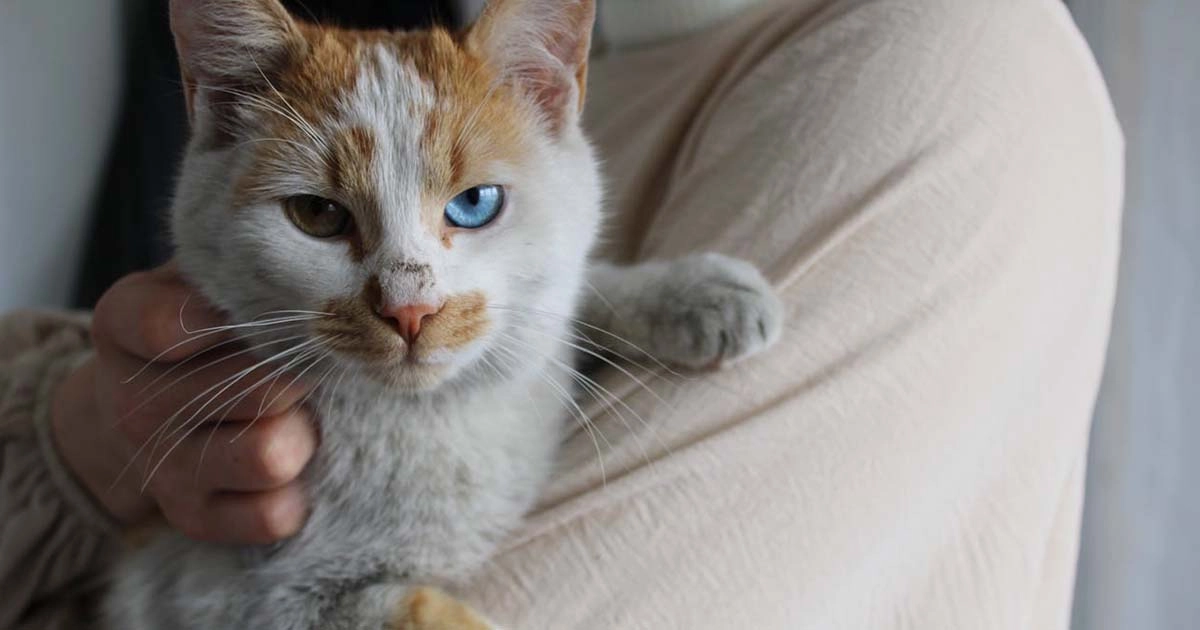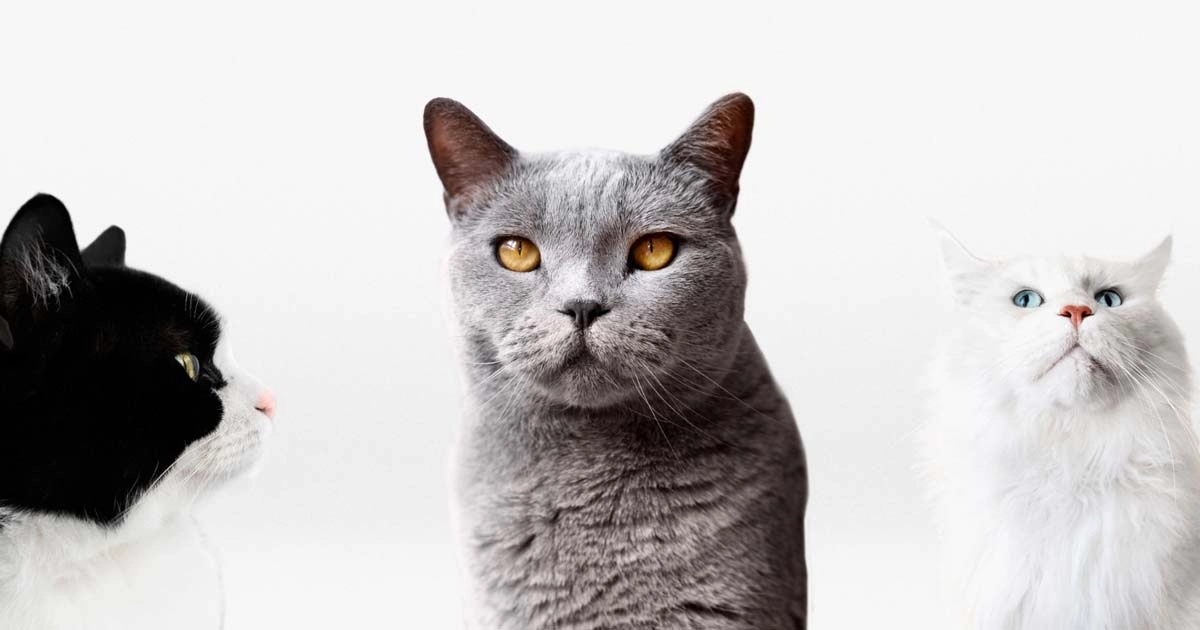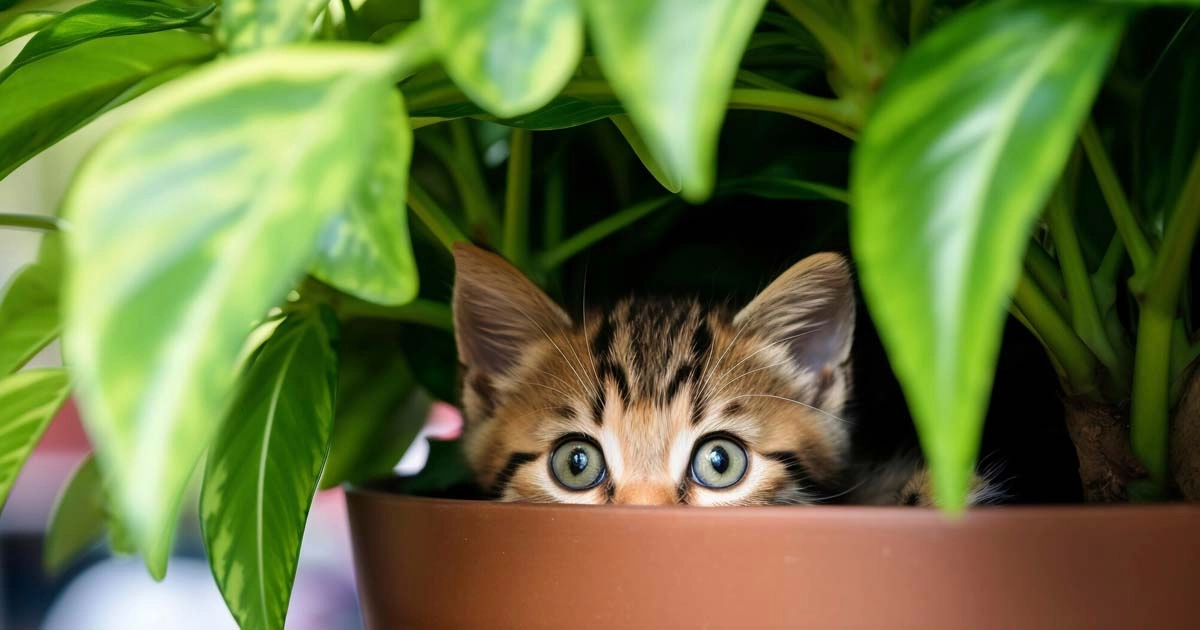Understanding yeast infections in cats: Signs, causes, and treatments

Cat
22/09/2024

Yeast infection in cats is a relatively uncommon disorder but becomes a serious issue when it takes place. The infection usually affects the ears and skin of the cat, which can cause itchiness or irritation. Yeasts Malassezia pachydermatis and Candida are the two common species that result in infection. Both these types of yeast occur naturally over the feline body in small amounts. Infection results due to overgrowth. Of course, at Mybestie.gr we can help deal with such infections by offering your cat the medication it needs during cat sitting.
Table of contents
Symptoms of fungal infections
A yeast infection may begin with mild symptoms that can get worse over time. Common signs and symptoms include:
- Itchy and red skin: Cats may scratch persistently at the affected areas, leading to further irritation.
- Ear infections: Yeast infection of the ears manifests with common symptoms like shaking of the head, pawing at the ears, and a foul odor.
- Paw Licking: Cats suffering from yeast infection tend to lick their paws excessively. This may cause redness with swelling.
- Gastrointestinal issues: Excessive growth of yeast in the gut triggers vomiting, diarrhea, and other gastrointestinal disturbances.
- Lethargy: Cats might become sluggish and exhibit decreased energy levels.
Causes of fungal infections
The causes that can precipitate overgrowth of the yeast include:
- Compromised immune system: The immune system, because of medication, stress, and nutritionally poor sustenance, being compromised will make sure the yeast are able to multiply with ease.
- Diet: Diets containing high carbohydrate levels can help to promote the growth of these yeasts. Cats with diets rich in processed foods, without essential nutrient supplies, are at greater risk.
- Use of antibiotics steroids: Though antibiotics prove to be helpful in the fight against an infection, they interfere with the normal flora of bacteria and yeast present in the intestines. As for steroids, most health problems are being treated today with their prescriptions and diminish all sorts of defense functions of the immunity, which results in the growth and over-colonization of yeasts.
Treatments for fungal infections
Once correctly diagnosed, yeast infection treatment may involve using one or a number of the following:
- Dietary changes: Changes in your cat's diet, such as switching to a high-protein, low-carbohydrate diet, will help starve the yeast and restore balance in the gut. Many experts recommend moving towards a raw or homemade diet to ensure that your pet is getting the best nutrition possible.
- Medications: Vets prescribe either antifungal ear drops or shampoos, depending on the area affected. Antibiotics also form a part of treatment if there are secondary bacterial infections that have set in.
- Topical treatments: Natural remedies like coconut oil, which has antifungal properties, can be applied to the skin. Symptoms can also be relieved and yeast removed from the surface of the skin by using medicated shampoos.
- Supplements: Adding in the probiotics and digestive enzymes helps your cat by maintaining a healthy gut and building up their immune system. Most holistic practitioners recommend supplements that possess some sort of antifungal properties, including oregano oil.
- Veterinary care: In cases in which the infection is serious or is becoming continuous, your veterinarian may want to run other tests to include ruling out diseases that may be creating an underlining problem, which includes things like diabetes and thyroid problems.
Conclusion on infections in cats
Yeast infections are both uncomfortable and frustrating for the cats, but these are manageable with proper care. Your cat's health can be restored, and a future infection can be prevented by early detection, a proper diet, and a holistic approach. Regularly communicating with your vet and taking a proactive approach toward your cat's nutrition will go a long way in keeping this fungus at bay. For more in-depth details on specific treatments and natural remedies, consult with your veterinarian.











